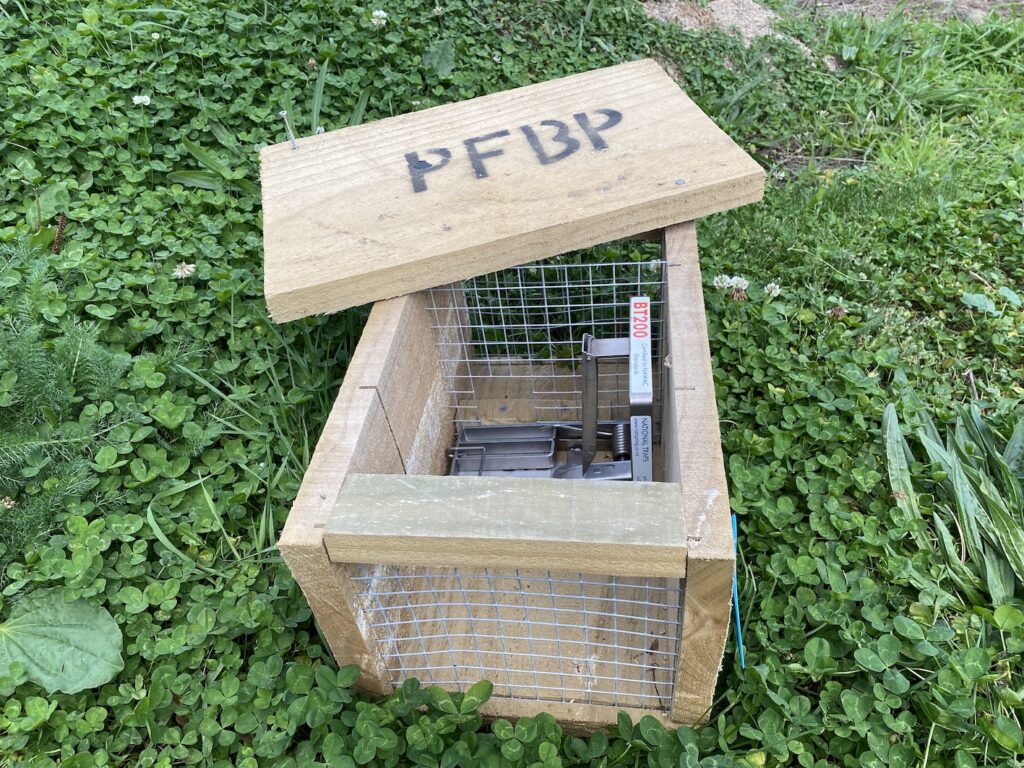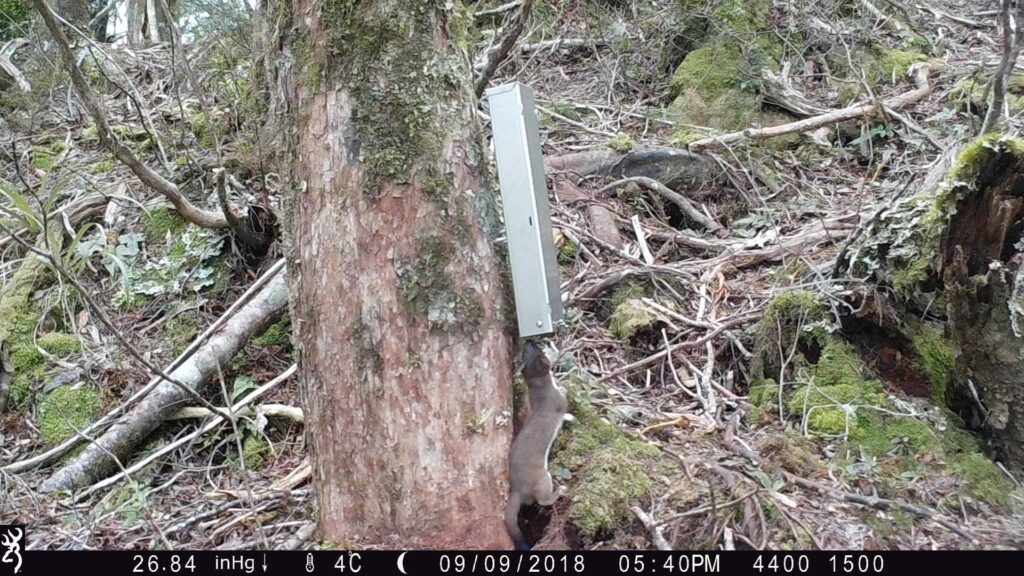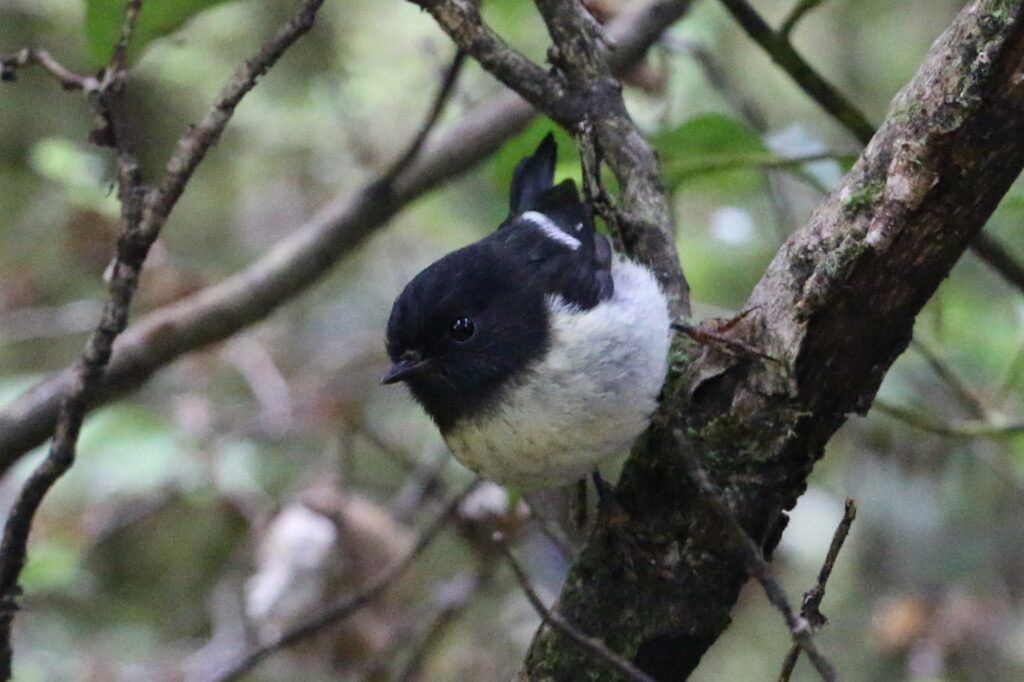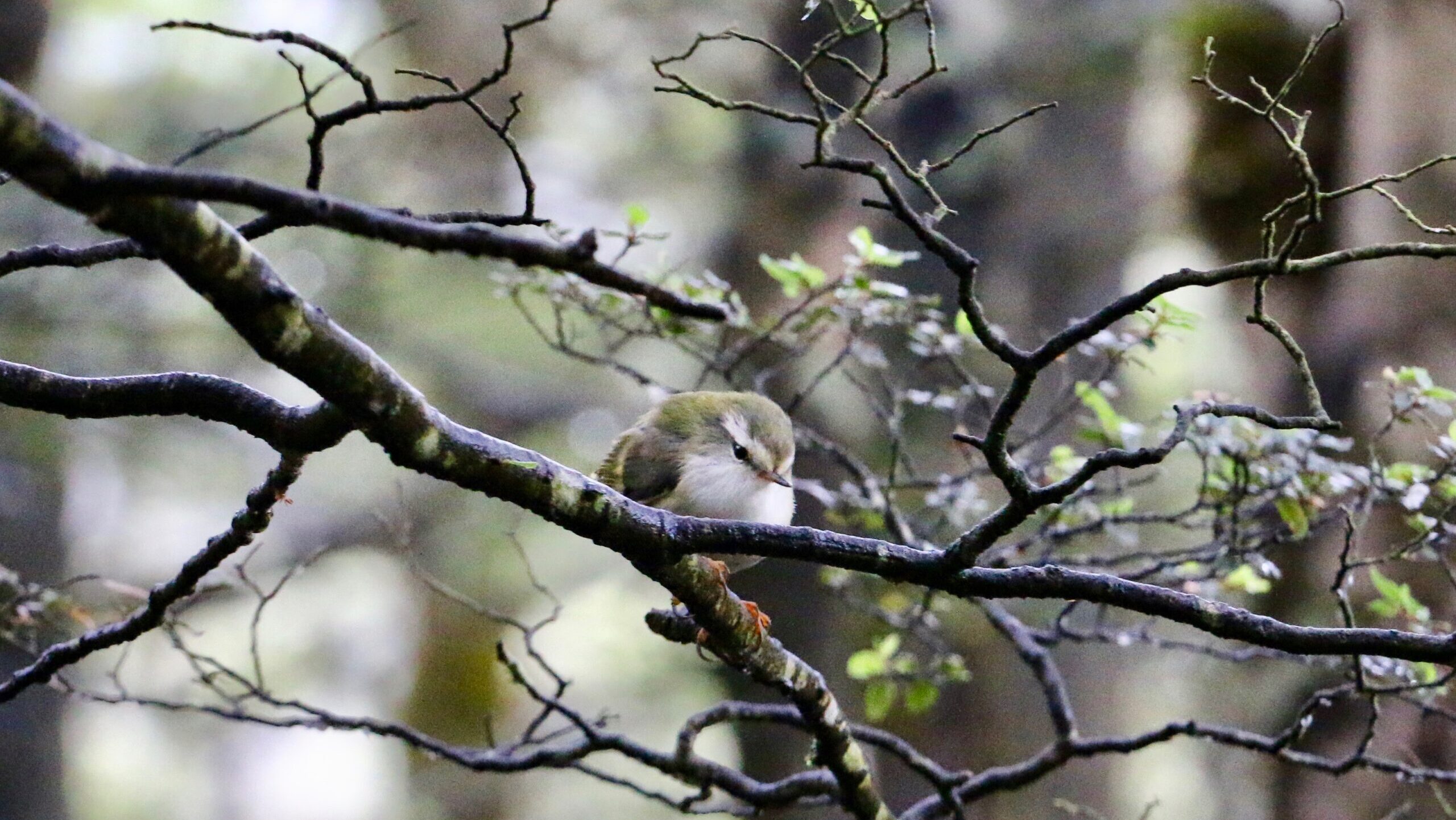You’d be stretched to find one moaner that doesn’t get excited about being surrounded with nature. There is something wholly electric about our native bird dawn chorus and it’s positively joyful being surrounded by the beauty of the landscape.
Take the titipounamu, a.k.a. flying ping-pong balls a.k.a. New Zealand rifleman for example. When you’ve had an encounter with these lively little birds, which usually entails great viewing opportunities as they flit around, you come away feeling connected to their lives, their environment, solely based on their presence. Those endorphins, at THAT moment, are free of charge and you are left wanting more.
To increase the likelihood of these birds being around for future generations and seeing these green ping-pong balls literally bouncing all over the forest, relies on our ability to create a pest free environment. With a thriving ecosystem comes several other tangible benefits to the community. Economic opportunities rise, firstly with employment prospects for locals in the pest free effort, but future gains to tourism by luring the tourist dollar towards incredible forested scenery and genuine encounters with wildlife. Agriculture also benefits, by removing the pest species that can devastate arable lands, farming is more productive in the right places, allowing less productive land to join the thousands of hectares in regenerating naturally. Again, these regenerating areas receive a boost in the absence of pests.
Communities benefit from economic development, but also in wellbeing, knowing that their stewardship of the land is benefiting their future whanau.
How do we achieve a pest free utopia? The question you should ponder is – if it takes multiple approaches to reach a pest free goal, are you willing to learn and understand which tools are needed. Because the truth is, it almost always takes more than one tool to eliminate pests.
Te Pātaka o Rākaihautū/Bank Peninsula is a key location to embark on one of New Zealand’s most ambitious projects looking to do just that. Crucial to preserving and growing our native species, and developing economic benefits for the whole community, is trying to rid us of the pests that are laying waste to our precious indigenous ecosystems.

Banks Peninsula Conservation Trust (BPCT) is partnering with local rūnanga, landowners, central and local government, and conservation bodies to tackle this very issue under the banner of Pest Free Banks Peninsula (PFBP).
If we go back to our original question, what tools would it take for us to remove the pests that are holding back taonga from thriving? Are we prepared to do the mahi and learn about each tool use to better inform our approach?
Pest control, whether this is elimination or suppression, is a controversial subject, yet we must confront our knowledge gaps if we are to turn the tide in the favour of our native species and our communities. Being a social project, it is important that we are open about what it takes to achieve our collective vision, and work with all sectors of our community. It is our mission to help everyone make informed decisions on the best way forward to our shared goals.
Trapping is just one method or tool. There are rules set in place to ensure that animal welfare is a top priority, and they are euthanised quickly to prevent suffering. This is a good option where you have both the people power and budget to constantly service traps, and the terrain allows reasonable access. However, the Peninsula is diverse, with an intricate latticework of various landscape types, including very remote and inaccessible country. You won’t get all target animals in your traps though; some are wilier than that.

To really push forward for our native species and give back control to our communities, we need to consider other means of pest control outside of trapping.
Time for a conversation around toxins. Toxin control is not just one method, but a range of methods that can be employed in different ways, with different toxins to achieve a particular outcome. Some pests and predators will never interact with traps, either due to an inherent wariness of the trap or the trap produces a fear reaction. However, these animals will continue breeding and decimating our taonga, unless we find a way to control their numbers.
Toxin represents multiple tools in a toolbox because each tool is used in a different way. How we use toxins has become much more refined. They are presented in such a way that they are highly targeted to the pest in question, while being unreachable, uninviting or unpalatable to the things we want to protect. Some toxins are highly toxic to mammals, but less so to bird life – and this is down to each species processing toxins in different ways. Toxins can be flown to areas that are inaccessible and is often laid in bait stations, but might fool the trap-shy types, especially if we can get them used to non-toxic bait to start with. Many toxins break down extremely quickly and will only be toxic for a very short period of time, minimising non-target animal or human interaction.
Toxin is a single tool, but best used alongside other tools when we are trying to get pests down to very low numbers (including potential elimination) or trying to prevent an explosion of predators in an environment. Most toxin use is strictly controlled and monitored, most requiring the approval of the Ministry of Health, and often can only be used by an approved licence holder. However, some predators are also wary of new foods in their patch and will not necessarily interact with the baits either.
When you get to very low numbers of pests, and you’ve already used both the trapping and toxin tools, you’re left with the most difficult, often trap shy individuals. What’s the next tool? Our strategy is to train and use conservation dogs. These dogs will be able to sniff out each individual, which will allow specialist personnel to dispatch them humanely.

Each method has pros and cons, but it is about using the right combination of tools, in the right order and in the spaces that will allow us to build a thriving native bird chorus into the future. If we are to truly look at eliminating pests, and championing the lives of our native species, we need to be open to a conversation on each tool. If we want ample opportunities for our flying ping-pong balls to thrive, to provide economic opportunities to our people and for us to do this collectively, then we need to understand how we can achieve that.

PFBP is constantly in contact and sharing information and techniques with other predator free operations and we look to use new and innovative research and tools to further increase the number of tools in our toolbox.
While we are looking to use a variety of tools, such as trapping, toxin, and conservation dogs to make gains in our pest free journey, the vision of a Predator Free Aotearoa by 2050 will require new technologies to come onboard before we can achieve our collective vision. In the meantime, we must stem the tide before there is nothing left to save.
For more information on any of our tools, please feel free to contact us on enquiries@pestfreebp.co.nz
